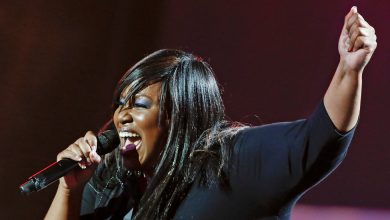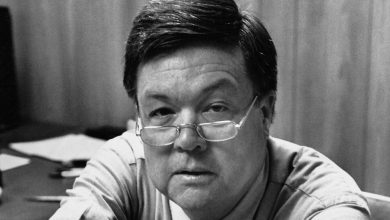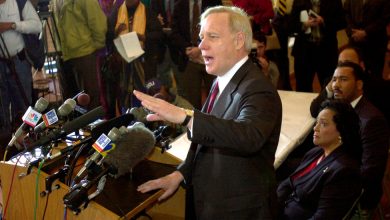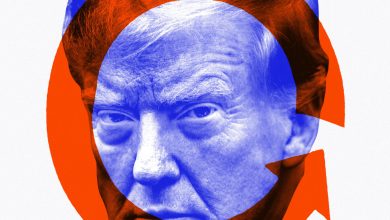Running San Francisco Made Dianne Feinstein
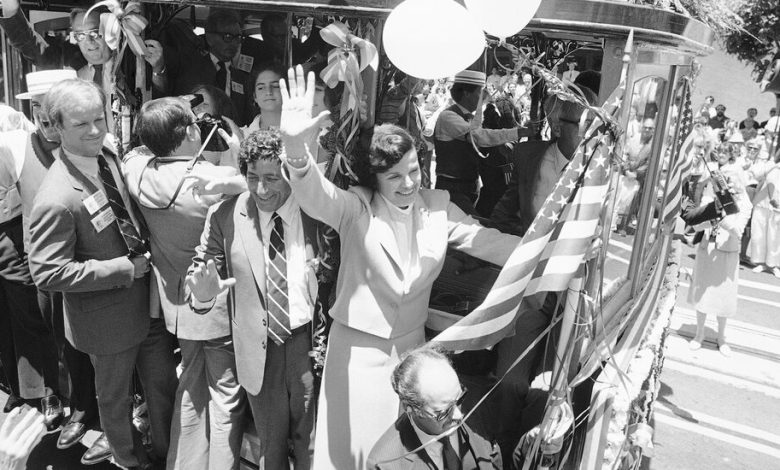
When I was interviewing Senator Dianne Feinstein in 2011 for a book about San Francisco’s tumultuous history from the 1960s to the ’80s, she suddenly began to tear off her microphone and terminate the exchange. My offense? I asked about her decision as mayor of the city to veto a 1982 ordinance that would have extended health insurance benefits to live-in partners of municipal employees, including lesbians and gay men. I managed to coax the irate Ms. Feinstein back into her chair, but she had clearly drawn a line: I’m ready to leave whenever I don’t like the direction this is headed.
Ms. Feinstein could be imperious, thin-skinned and intolerant. She was also the leader that San Francisco sorely needed on Nov. 27, 1978, when she was abruptly thrust, at the age of 45, into City Hall’s Room 200 after Mayor George Moscone and Supervisor Harvey Milk were assassinated by another colleague, Dan White.
“This will not be a rudderless city,” she firmly told the shellshocked public after the murders, even though she was shaken by them.When she met with the hastily assembled press soon after the killings, her skirt was stained with Mr. Milk’s blood.
During her nine plus years as the first female mayor of the famously cantankerous metropolis, Ms. Feinstein won the grudging respect of the old boys’ network that had always run City Hall. She managed to steer San Francisco between the liberal, freewheeling future that Mr. Moscone aimed toward — the era of San Francisco values — and its older, more conservative traditions, including its downtown business interests. As mayor, she opposed rent control on vacant housing and some demands from the gay community, like domestic partner legislation. But she also pushed through a tough gun control ordinance, environmental regulations and pro-labor laws and hosted a wedding ceremony of lesbian friends in her backyard.
All the while, she kept a strong hand on the rudder, emphasizing law and order and putting more cops on the streets but also drawing the line against police mayhem after the White Night riot and violent police sweep of the gay Castro district after the stunningly lenient verdict for Mr. White.
“This city has to be managed,” she said. “If you don’t manage, it falls apart.”
The Chinatown activist Rose Pak witnessed Ms. Feinstein’s hands-on approach one day when she was riding with her in the mayoral limousine. Spotting an older man collapsed on the sidewalk, Ms. Feinstein ordered her chauffeur to stop, jumped out, wiped foam from the stricken man’s lips and began administering mouth-to-mouth resuscitation on him. People later commented that this incident proved she was not a cold fish.
“But I didn’t see it that way,” Ms. Pak recalled. “I saw her as a doctor’s daughter and a doctor’s widow, doing the proper clinical thing.”
Most important, Ms. Feinstein became a national face of AIDS compassion when President Ronald Reagan was ignoring the growing suffering and conservative activists like Patrick Buchanan were crowing that the disease was nature’s “awful retribution” on gay men. When the gay progressive supervisor Harry Britt, who often clashed with the mayor, brought Ms. Feinstein the city’s first AIDS proposal in 1982, she told him simply, “Fund everything.”
Other cities dumped their AIDS patients on San Francisco, including a notorious incident in 1983 when hospital officials in Gainesville, Fla., put a dying man on a plane to the city, miles from his loved ones. San Francisco took care of the sick men, but Ms. Feinstein denounced the practice as “outrageous and inhumane.”
“Dianne spent more time visiting AIDS patients in hospitals than I did,” Mr. Britt remembered. “She was a giver. She was a very compassionate person. I don’t want to say ‘queenly,’ because that sounds negative, but she was a good queen.”
Led by Ms. Feinstein — and the city’s gay and lesbian activists and frontline medical workers — San Francisco wrapped the sick and dying men in its arms and finally became the city of its eponymous friar, St. Francis, who cared for the needy.
San Francisco made Dianne Feinstein, but until the gunfire that exploded at City Hall, she had concluded that her political career as a city supervisor was over. After returning from a challenging trek through the Himalayas that month with her future husband, the investment banker Richard Blum, she recalled, “I was firmly convinced I was not electable as mayor.”
Ms. Feinstein was widely perceived as too starchy, a goody-goody, the Margaret Dumont in a wacky city filled with Marx Brothers. She was raised to be a political animal; her paternal uncle Morris Goldman, a clothing manufacturer and Democratic Party wheeler-dealer, took her as a girl to “board of stupidvisors” meetings and pointed out how the flick of a city boss’s cigar could change the vote tally. But later, as a young civic reformer, when she visited a hippie commune in the Haight-Ashbury district that had been trashed by a police raid or seedy porn theaters or the down-and-out Tenderloin neighborhood (where she posed as a prostitute in a wig), Ms. Feinstein came off as slightly ridiculous.
Newly elected to the San Francisco Board of Supervisors, Ms. Feinstein addressed the hard-luck worshipers at Glide Memorial Church, lecturing them about the importance of good hygiene and hard work — and predictably got a tepid response from the congregation. “Dianne,” Glide’s minister, the Rev. Cecil Williams, told her later, “you don’t talk that way to these folks. If they had a place to get cleaned up, most of them would get cleaned up. If they could get a job, they’d get a job.”
But Ms. Feinstein — a daughter of privilege, educated at the exclusive Convent of the Sacred Heart High School and Stanford University — did her political homework. She was ready to lead when history came calling.
One day in 1979, when Ms. Feinstein, then the interim mayor, was campaigning for election, she went door to door in the city’s rough and redeveloped Fillmore district. Suddenly she was approached by a man who pointed a silver pistol at her head and pulled the trigger. She froze in fear; the City Hall assassinations happened the year before. Out of the man’s gun shot a butane flame instead of a bullet. She quickly gathered herself and went on campaigning. She won the election, even though The San Francisco Chronicle and key political establishment figures supported her more conservative opponent.
“She ran the city with an iron fist,” Mike Hennessey, a progressive who served as San Francisco’s sheriff for 32 years, told me. “Of all the mayors I’ve worked with, she was the best. That’s because she took responsibility for this city. San Francisco is a very hard city to run. It’s very politically fractious. It takes a lot of work to hold it together. And that’s what Feinstein did.”
In her three decades in the U.S. Senate, to which she was elected in 1992 (four years after her last term as mayor), Ms. Feinstein turned in a more mixed record. Over the years, she gained wide respect, even across the political aisle, for her hard work and political wisdom. But her success at banning assault weapons was undone, and her legislative record is uneven at best.
In 2017, as a San Francisco Chronicle columnist, I warned Ms. Feinstein not to run again the next year for the Senate, writing that she would then be 85 and too old for the rigors of the job. But she didn’t listen — and neither did California’s voters.
When I think of Dianne Feinstein, I think of her as San Francisco’s mayor. She may not have been the leader many San Franciscans (including me) wanted, but she was the one we needed.
David Talbot is the author of, among other books, “Season of the Witch: Enchantment, Terror and Deliverance in the City of Love,” among other books.
The Times is committed to publishing a diversity of letters to the editor. We’d like to hear what you think about this or any of our articles. Here are some tips. And here’s our email: [email protected].
Follow The New York Times Opinion section on Facebook, Twitter (@NYTopinion) and Instagram.

